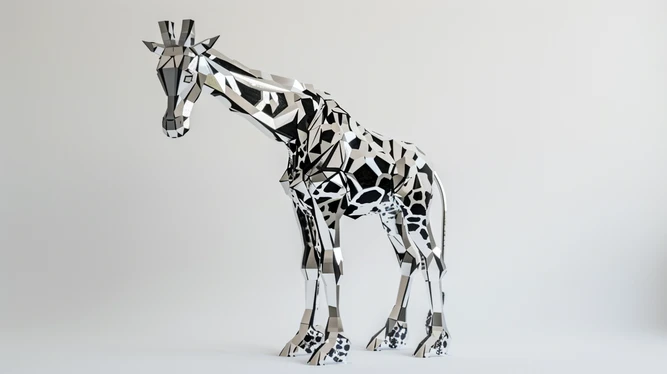Insights
Thoughts, ideas and insights from experts in all things marketing, communication and technology.

Real growth starts with real people: How to build a brand from the inside out

Real growth starts with real people. That was the underlying theme at our annual Comprend day held in Stockholm at the end of last month. It was a timely reminder that although we live in a world where data and technology are reshaping everything, and growth is often measured in numbers – the true, lasting drivers of brand growth are people.
Elevating brand trust through accessibility: A strategic business imperative

Integrating accessibility into your brand strategy isn’t just a compliance requirement, it’s a business opportunity, writes Staffan Lindgren, Group CTO and Chief AI officer, Aura.
Turning your website green: Seven steps to make your site more sustainable

As sustainability becomes an increasingly critical focus for companies, it’s not just products, operations, and supply chains that are under scrutiny – digital platforms, including websites, are also in the spotlight. Websites are often a company’s most public-facing asset, and with increasing awareness of the digital world’s environmental footprint, adopting sustainable web design practices is key to building trust and maintaining your company’s reputation. It also helps improve site performance and to meet accessibility requirements, enhancing the overall user experience. So how can you reduce your site's environmental impact through sustainable design?
Creating a web design system that works: balancing flexibility with consistency

A web design system is crucial to any brand with a digital presence. Done right, it ensures a consistent experience across your website by uniting designers and developers around a common visual language. A design system that’s too rigid, however, can create as many problems as it solves. So, how can we ensure we strike the right balance between flexibility and consistency?
How accessibility standards improve web design

Remember the days before audiobooks were a thing? When ink on paper was the only way to experience the written word? It’s a world that largely excluded the visually impaired, even prompting The American Foundation for the Blind to establish a recording studio back in 1932 where books were created on vinyl records. Fast forward to the 2020s and audiobooks are the fastest growing format in publishing.
Five tips for UX Design optimization you can steal from us

Have you ever given up on a product or service because it didn't live up to your expectations? Or maybe you offer a product or service that doesn't keep customers coming back for more? Poor user experience (UX) design could be the root cause.
A better idiot

Have you ever been in a dispute with a partner where you believe you have all the reasonable arguments in the world? Where you feel that you are the one holding the truth? Where you believe that you are right and they are wrong, but whatever you say they won’t budge? Chances are that you have
Making the web a better place through inclusive design

The web should provide unprecedented access to information and interactions for everyone, but today this is often not the reality. Most websites have accessibility barriers that make it difficult or near impossible to use and navigate for users with disabilities.